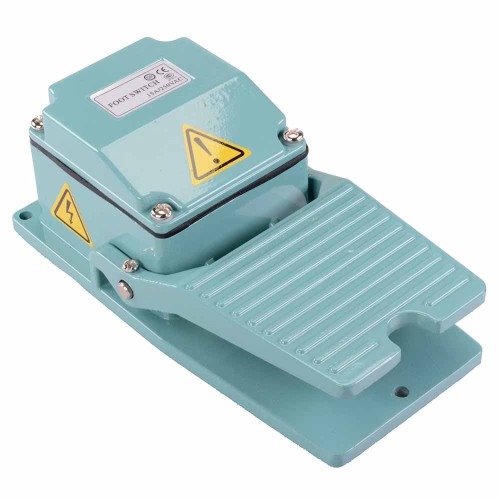Introduction to Foot Switches
Foot switches are mechanical or electronic devices designed to be operated by foot pressure. They are commonly used in environments where hands-free operation is necessary, such as in medical equipment, industrial machinery, musical instruments, and automotive applications. The use of a foot switch can improve ergonomics, increase efficiency, and enhance safety by allowing operators to maintain focus on the task at hand without needing to reach for controls.
How Foot Switches Work
A foot switch typically consists of a sturdy base plate with one or more pedals that can be pressed down by the user’s foot. Inside the housing, there’s a mechanism that translates the downward force into an electrical signal when the pedal is depressed. This signal can then activate or deactivate a connected device. Foot switches can be momentary, returning to their original state when pressure is released, or maintained, staying in the activated position until manually reset.
Types of Foot Switches
There are several types of foot switches available, each tailored to specific requirements:
- Single-Pedal Foot Switches: Used for simple on/off operations.
- Dual-Pedal Foot Switches: Provide two separate control options, often used in sewing machines or as left/right turn signals in vehicles.
- Triple-Pedal Foot Switches: Offer three distinct control points, frequently utilized in surgical settings for precise instrument manipulation.
- Pedal Clusters: Combine multiple foot switches into a single unit, ideal for complex operations requiring several controls within easy reach.
Applications of Foot Switches
The versatility of foot switches makes them suitable for a wide range of applications:
- Medical Field: Surgeons use foot switches during procedures to operate equipment like microscopes, lasers, or robotic arms without removing their hands from the patient.
- Industrial Use: Workers can control heavy machinery or assembly line processes using foot switches while keeping their hands free for other tasks.
- Music Industry: Musicians employ foot switches to change effects or select channels on amplifiers, providing seamless transitions during performances.
- Automotive Sector: Drivers utilize foot switches for cruise control, braking systems, or supplementary signaling functions.
Installation and Maintenance Tips
Proper installation ensures reliable performance and longevity of foot switches. It’s important to mount the switch in a location where it can be easily accessed by the operator’s foot but won’t be subject to accidental activation. Regular maintenance includes checking connections, inspecting for wear and tear, and cleaning the switch to remove dirt or debris that could interfere with its function.
Conclusion
Foot switches play a crucial role in enhancing operational efficiency and ergonomic design across various industries. By understanding the different types and selecting the appropriate model for a given application, users can achieve improved workflow, better safety standards, and enhanced productivity. As technology advances, we can expect innovations that will make foot switches even more sophisticated and adaptable to future needs.

